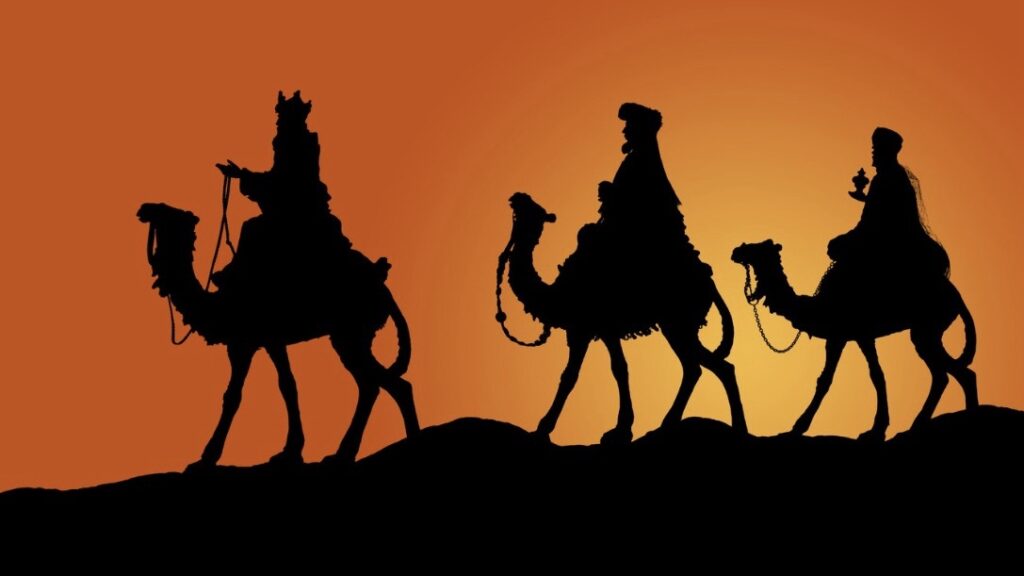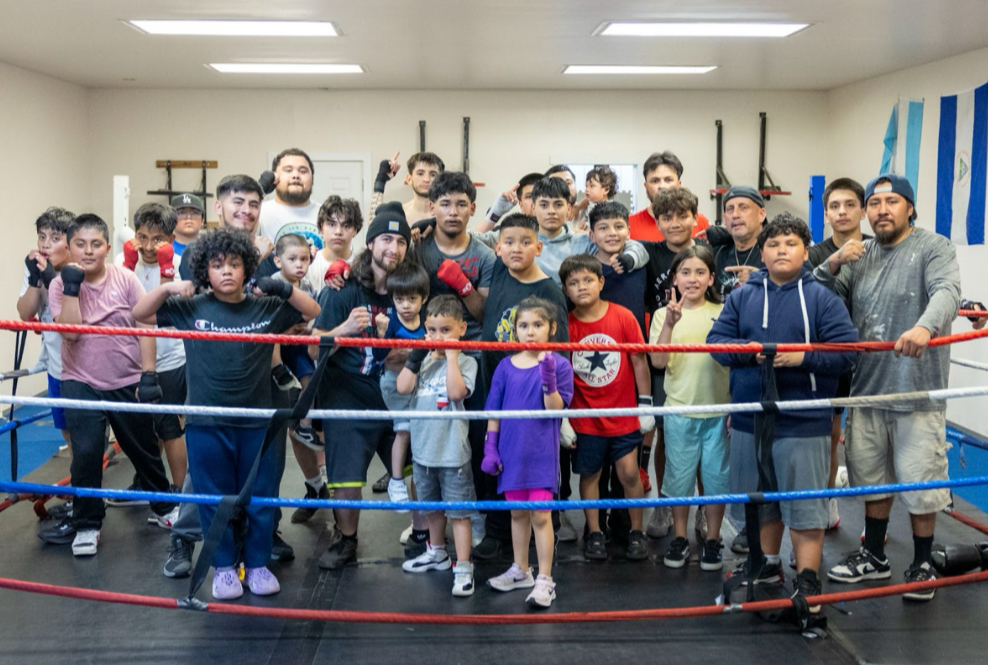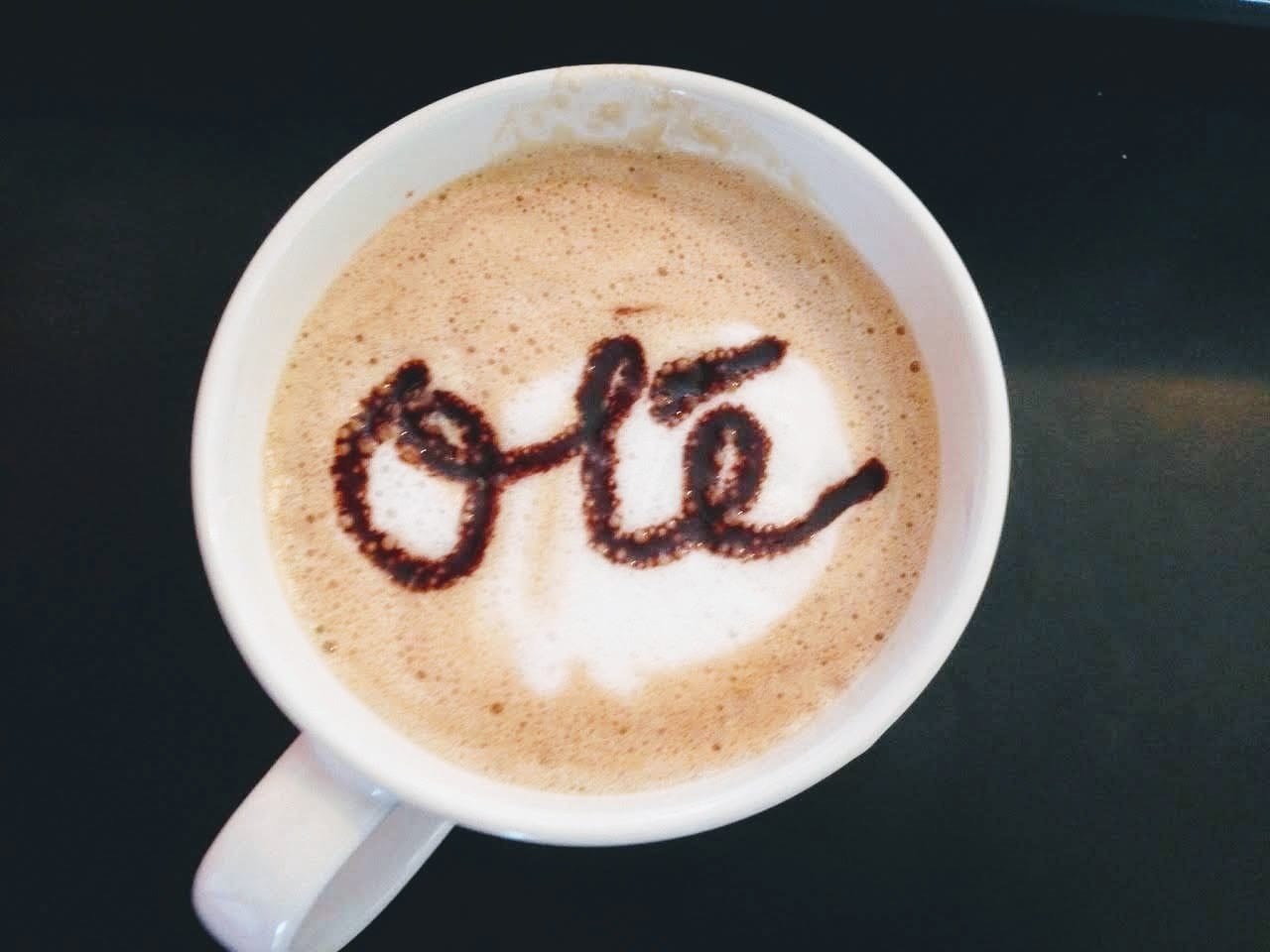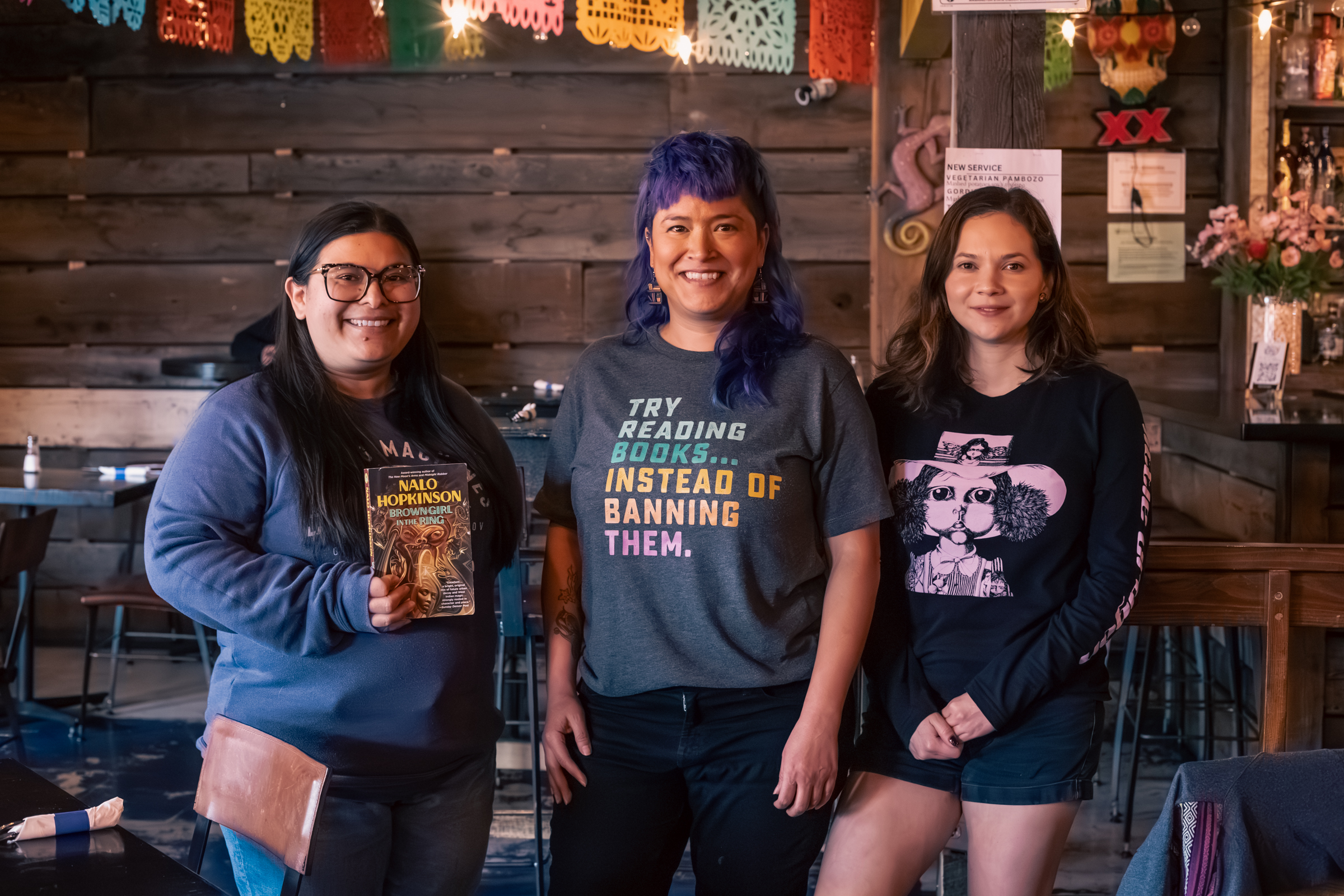Many Latinos in Washington had been excitedly waiting for Día de los Reyes, Three Kings Day, the closing event of the holiday season.
The January 6 commemoration of the three wise men who traveled to visit baby Jesus is very popular in Hispanic-Latino cultures; annual traditions include children leaving shoeboxes of hay or grass underneath their beds, parrandas, and rosca.
The Story

According to the Gospel of Matthew, the three Kings, named Melchior, Caspar, and Balthazar follow a star across the desert for twelve days to find baby Jesus in Bethlehem.
The kings offered gold as a symbol of kingship on earth, frankincense as a symbol of deity, and myrrh as a symbol of death. The gifts meant to be symbolic, representing a distinct part of the baby Jesus’s destiny:
- Gold: the belief that Jesus was the King of Jews
- Frankincense: divine nature of Jesus and the fact that people would come to worship him as the Son of God
- Myrrh: the fact that Jesus would eventually suffer and die
Traditions

Gift-giving is a special part of Día de los Reyes. Before going to sleep, children place their old shoes and/or shoe boxes with grass for the kings’ camels to enjoy after their long journey, and then wake up to toys and other gifts.
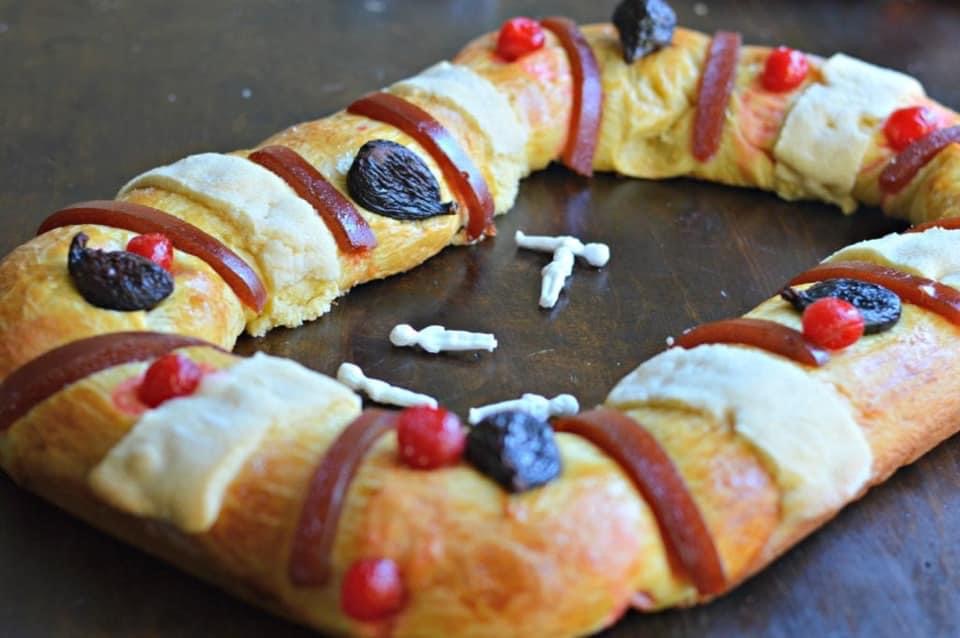
No holiday is complete without a family meal, Three Kings’ Day is no exception.
A popular Mexican tradition is Rosca de Reyes, a round-shaped sweet bread decorated to resemble a crown with the candied dried fruit for the jewels. A small baby Jesus figurine porcelain is baked within the folds of bread. Whoever finds the toy must then host a party for everyone on Día de la Candelaria, the Day of the Candles on February 2.
Music is also part of the celebration. In Puerto Rico, las parrandas begin right after Christmas, with people going door to door at night, singing religious folk songs, and offering small gifts to their neighbors. The custom is similar to caroling in the U.S.
Feliz Día De Los Reyes!
